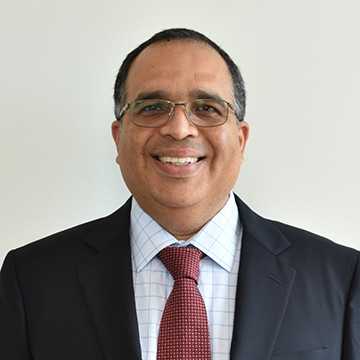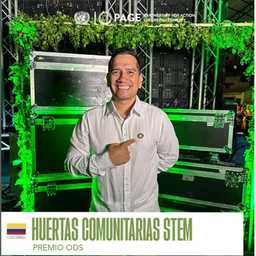Q2. How and why was the concept of GEPI conceived?
After leading UNEP’s work on modeling green economy to motivate policy action, Fulai Sheng was also interested in the creation of an index that can promote policy action. So, he gave me the challenge of capturing progress in an inclusive green by the creation of an index. I led the work in the construction of the GEPI, together with a team of excellent experts such as Carmen Herrero, Antonio Villar, and Eduardo Zambrano that worked on the index methodology. The key novel ideas of the index were three. First, the index was designed to be in changes instead of levels because we were measuring progress, which is intrinsically dynamic. This put direct light into countries that may not be the most advanced in an inclusive green economy but were making the most significant improvements like many of the PAGE countries. Second, the indicators to be included needed to represent the multidimensional elements of an inclusive green economy. This guided the selection of the 13 indicators of the GEPI, including elements of the economic, social, and environmental aspects of the SDGs, and the dashboard of environmental sustainability indicators, which are guided by the country level applications of the planetary boundaries. Third, the weighting system needed to reflect countries’ initial conditions against critical sustainability thresholds and signal policy priorities. For example, the methodology gives more weight to progress in an indicator whose initial condition is worse than a its critical threshold. For example the level air pollution is above the threshold recommended for safe human conditions.
Q3. How has the GEPI concept been developed since its first edition up until now?
The first edition had two separate publications, the methodology and the application. The second edition incorporated several footprint indicators (carbon, water stress, and biodiversity loss due to land use) to the Dashboard of Sustainability and adapted the methodology accordingly. This third edition brings a connection between the GEP and the modeling work. In particular, the third edition presents the results for the GEPI for the pre-pandemic period and uses a modified version of the index (a reduced and a bit different set of indicators) from the scenarios estimated with Cambridge Econometrics’ model for this edition. This allows us to have a picture of the pre-pandemic trends, the effects of the pandemic and the recovery, as well as the medium-term implications of net zero scenarios.












